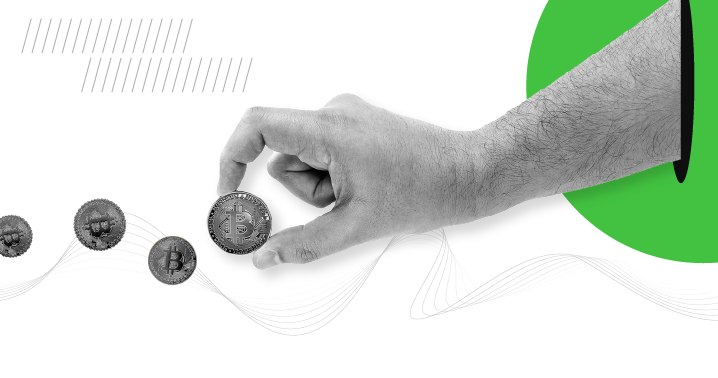
Anyone who thinks that tokenization, the process of digitizing a physical or financial asset in smaller or fractional shares, is a topic of the moment is mistaken. Although they are trending in the media today, such topics have been discussed in the market for at least 10 years.
To make the market even more regulated and transparent, last year, the CVM (Securities Commission) published Guideline No. 40/2022, an opinion that consists of a compilation of guidelines on crypto-assets based on previous understandings. The body also brought new clarifications on concepts, practices, and possible standards applicable to the segment.
The document is just one step in the regulation that depends on the approval of PL 4,401/21 in the plenary of the Chamber of Deputies, known as a milestone for cryptocurrencies. The CVM makes clear some previous understandings and rules, which apply not only to crypto-assets but also to the issue of international offers and the concept of a public offering, which was subject to interpretation when it came to digital assets.
Another important point is that the CVM and the Central Bank are increasingly aligned concerning tokenization, cryptoassets, and cryptocurrencies, even though each of the bodies is responsible for its areas of competence. With the CVM regulation, the market understands the body’s more open stance, making the environment more conducive to investments and even more advances.
From CRI to CRA
In 2022, the receivables certificate (CR) was created, an investment that provides securities issuance based on credit rights from different sectors. The CRI is the real estate receivables certificate, while the CRA is the agribusiness receivables certificate. They are Fixed Income securities issued by securitization companies that represent real estate or agricultural credits, allowing issuers to transform them into negotiable securities in the financial market, generating resources for new investments.
Vórtx QR Tokenizadora, for example, was authorized in February 2023 by the CVM to issue and trade tokens for these receivables certificates within the ‘sandbox’, an experimental environment in which participants are able to waive regulatory requirements to test new technologies. The Tokenizadora aims to test the digitalization of these and other debt instruments and bring them to a wider audience of investors.
The tokenized version of real estate and agribusiness receivables is expected to make smaller funding viable, which cannot currently be paid using traditional services and intermediaries. Furthermore, debt tokens with competitive rates currently unavailable on platforms will enable expansion to a new audience of issuers and investors.
Transactions recorded on the blockchain
One of the advantages of investing in digital assets is the security that blockchain networks offer. In the case of Vórtx QR, a network was chosen that uses the proof-of-work (PoW) mechanism and with cost-free transactions from Hathor Network. In this case, all transactions, both in the primary and secondary markets, will be recorded on the blockchain, with the advantage of Hathor’s scalability and ability to process 200 transactions per second, in line with the pioneering spirit of Vórtx’s first regulated financial product.


